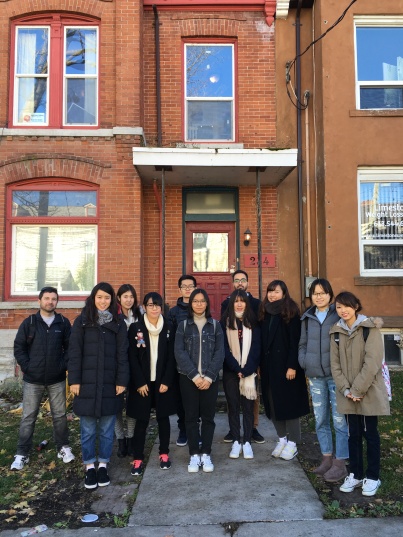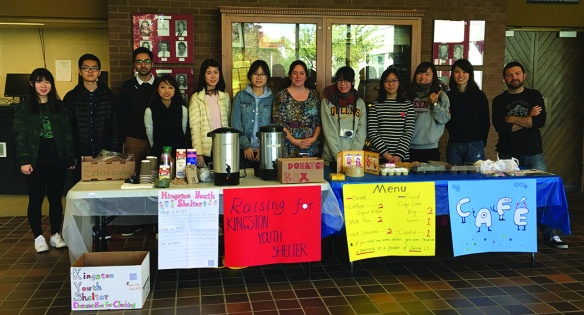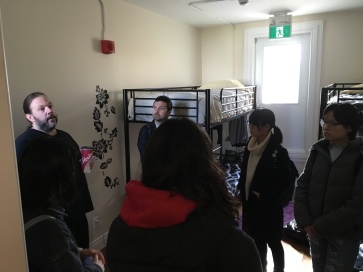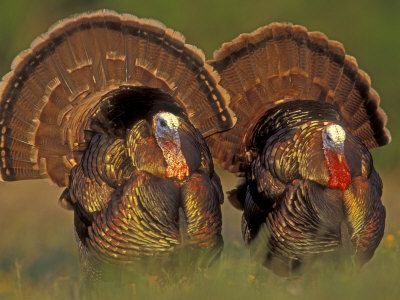An Idea for Giving Grows
Each session, QSoE organizes a candy grams event to raise funds for a local charity. Students, instructors and staff can purchase a candy gram – piece of candy with a personalized note attached — to have delivered to others within QSoE. It is quite popular, and makes everyone feel good. The class which sells the most candy grams gets to designate the charity that will receive the money raised by all classes.
For Amie Pilgrim’s 140 class, one of the homework assignments was for each student to research a charity and present to the class what this charity does and who it serves. Students presented on a variety of charities, some of which raised money in other locations for both people and animals. The class then voted on which charity they would support if they had the opportunity (if they raised the most money via candy grams).
 The class collectively decided that, if given the opportunity, they would like to support Kingston Youth Shelter. Several members of the class explained that as a class, they felt that they could best support this charity because they could easily relate to who it serves (youth of similar ages to themselves), and they liked the idea of keeping the money raised within the local community.
The class collectively decided that, if given the opportunity, they would like to support Kingston Youth Shelter. Several members of the class explained that as a class, they felt that they could best support this charity because they could easily relate to who it serves (youth of similar ages to themselves), and they liked the idea of keeping the money raised within the local community.
When Amie’s class did not get to designate the charity which would receive the candy gram money (Rasha’s class 150 sold the most candy grams), she didn’t want to just suddenly abandon the momentum that had been built up through the presentations and discussions about different charities. She decided to ask the class if they would like to continue their discussions and work on a project involving helping Kingston Youth Shelter. They decided that this was something they would like to do, and began brainstorming how they could help.
Helping Kingston Youth Shelter
The class decided to host a café in early November as one part of their project. They worked together to create posters and advertisements, coordinated supplies, and managed sales as they served hot beverages and treats to student and staff in the Duncan McArthur Hall. They managed to raise $225 to donate to Kingston Youth Shelter!
In addition to the café, the class organized a donation collection area in QSoE for winter clothing items and school supplies for the youth in the shelter. They were surprised to receive so many winter clothing items – numerous bags full – and will continue the collection until November 30, 2016.
Real Projects for Real Learning
In addition to working together to plan and coordinate the café and clothing/supplies donation drive, Amie’s class gained a deeper perspective into the history and operations of Kingston Youth Shelter via a class trip and tour of the shelter, and through a discussion held in their classroom with Executive Director of the Shelter, Jason Beaubiah.
The class prepared a list of questions for discussion with Jason, and learned that the shelter provides several different services to Kingston youth: emergency overnight shelter, transition shelter for up to a year, and family communications support services. It was interesting to learn that Kingston Youth Shelter began with volunteers 16 years ago, with the intention of operating for only 6 months. Also, unique to Kingston is this statistic: Of the youth using Canadian shelters, 50% are males; however, in the Kingston Youth Shelter, 70% of the youth using the shelter are male.
Amie’s class also learned that making real, meaningful projects happen as a group is loads of fun. They said that they’ve gained valuable planning skills through coordinating these events, and have learned a lot about delegating tasks. Students agreed that working as a group brought them awareness regarding their own strengths and areas for improvement, and helped them to appreciate other peoples’ creativity. For some students from developing nations, discovering that even ‘rich countries’ such as Canada have issues around housing was surprising, but also strangely comforting and unifying.


